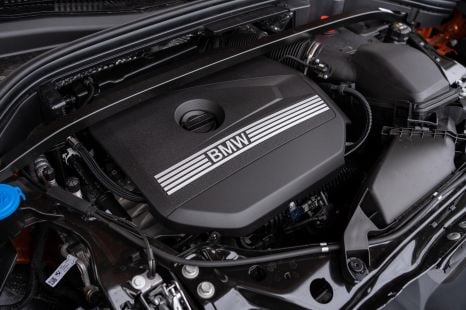

Derek Fung
Mercedes-Benz exec denies plan to use BMW engines
3 Hours Ago
ISOFIX is one of the most important inventions for child safety in cars, but what is it, how does it work and why should you care?

Senior Journalist
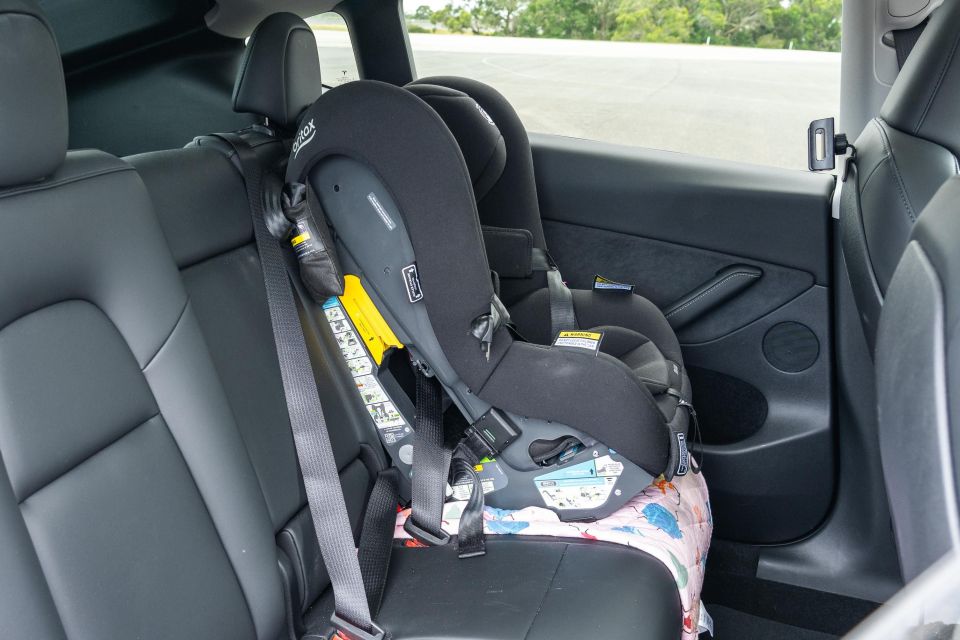

Senior Journalist
Nothing has done as much for the safety of kids in cars as the strangely named ISOFIX. It’s something every Australian parent needs to know – and know about.
ISOFIX is a game changer for kiddie seats in cars and has been the standard in Europe and the USA for decades, yet it has still to reach critical mass in Australia.
That’s because the majority of parents buy their child seats based on price, then worry afterwards about how to fit and use them.
ISOFIX removes the uncertainty of incorrect installation and, even if there’s a price premium, can dramatically reduce the worry about proper protection. Instead of relying on the adult seatbelt, which must be threaded or inserted to locate a child seat, ISOFIX has a latching system that snaps shut like a crocodile’s jaws.
It’s not the complete answer, but it’s a perfect hint – and direction – for parents, and grandparents, and other relatives and friends, who want to do right for their youngsters.
100s of new car deals are available through CarExpert right now. Get the experts on your side and score a great deal. Browse now.
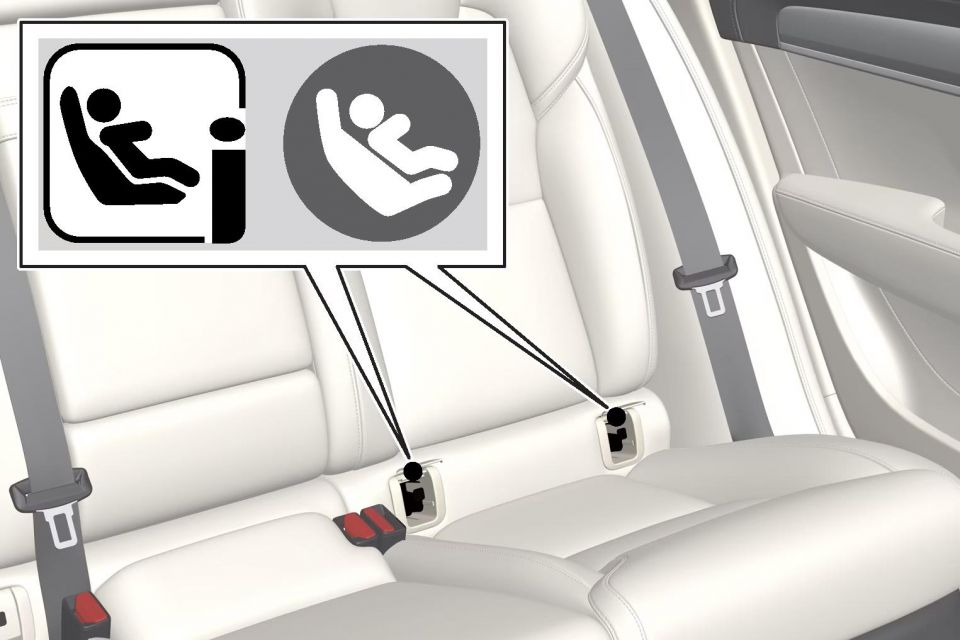
The name of the system is a two-part reflection of what it is and what it does.
ISO comes from the International Organisation for Standardisation. FIX reflects the fixing points in a car.
So ISOFIX is an international standard for the child seat anchorages in cars.
The anchors, themselves, are small and straightforward – there are a pair of D-shaped anchor points, attached directly to a vehicle’s chassis.
These ‘hooks’ are used to catch and latch a child seat into place and, once clipped to the ISOFIX anchors, a seat cannot move more than a few millimetres in any direction, provided the tethers are fastened.
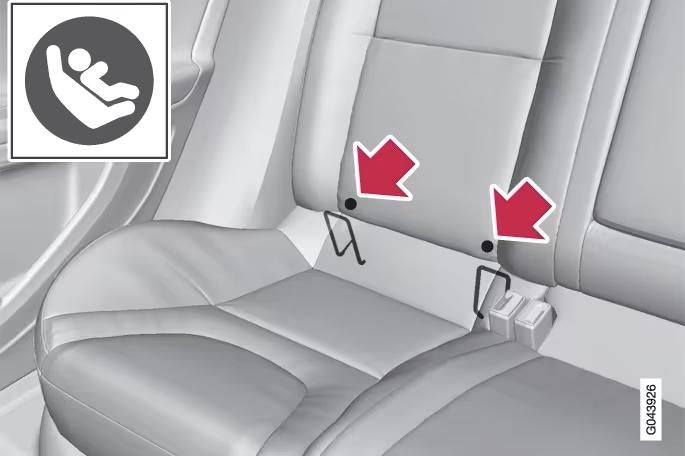
There are two pairs of ISOFIX mounts in every vehicle with two or more seating rows, located in the two outboard seating positions in the second row, set with the same distance between the individual latching mounts – 280 millimetres.
Some cars have additional ISOFIX mounts, with five in the latest Kia Carnival people mover.
Volvo has also traditionally fitted ISOFIX mounts on the front-passenger seat, arguing that the system keeps a rearward-facing baby seat in place securely and gives a driving parent instant access to the youngster without the distraction of turning around.
But the Volvo approach means de-activating the front-passenger airbag and, in Australia, that’s a 100 per cent no-no.
In Australia, there is also a requirement that ISOFIX seats must also be attached with a top-tether belt – even though that is not a legal requirement in some other countries – meaning you won’t find this safety system in the front seat of any car sold in Australia.
ISOFIX is designed to work with baby restraints for all ages, from newborns to school age, securing a combined weight – child and seat – of 33 kilograms.
It’s called ISOFIX in Australia and Europe, but the system has other names.
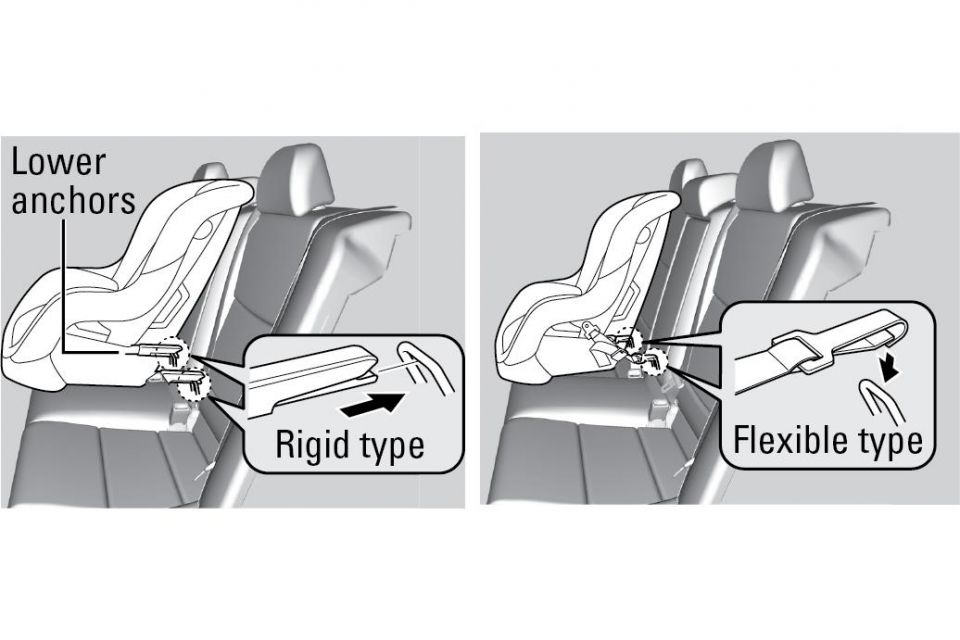
In the USA it’s known as Latch, a clever reflection of how it works but also an acronym for ‘Lower Anchors and Tethers for Children’.
It’s Canfix or LUAS – that’s ‘Lower Universal Anchorage System’ – in Canada, and is also known as the UCSSS – ‘Universal Child Safety Seat System’ in some other regions.
Research work on what became ISOFIX began in Sweden in the late 1980s, with the first prototype shown in 1991.
Work had begun because of the shortcomings of installation systems and the possibility of a child seat spinning, or shifting, in an impact.
Using a pair of ISOFIX anchors provided positive lateral location at the base of each side of a seat, although later work also incorporated the top-tether strap used for non-ISOFIX seats.
Volkswagen and the car seat company Britax-Romer did the heavy lifting with a reveal in 1997 and most European cars were fitted with ISOFIX from the early 2000s. New cars in the USA were fitted with ISOFIX from September 2002.
In Australia, with legislation requiring the top tether and despite the fitting of the clips much sooner, ISOFIX child seats weren’t legalised for sale until September 19, 2014.
Finding the ISOFIX latches can be tough – the first time. The anchorages are at the back of the seat squab – the bit you sit on – and often hidden behind the bottom of the backrest.

Some cars have a flip-down panel secured by velcro that opens to reveal the ISOFIX latches, some have tunnels which easily guide you to the anchors others it’s best to have a feel around in the join at the bottom of the seat.
Or, of course, there’s always the owner’s manual, although the growing number of cars without a physical, printed, manual can make that tough. Google will be your best friend.
The best thing about ISOFIX is the positive location. Once the seat is latched in place it’s locked and unable to move.
That’s a contrast to ‘conventional’ car seats, which rely on the adult seatbelt. Even with correct installation, the free play in an adult belt can allow the seat to move and swivel slightly. Worst, many parents have no idea on the correct installation of a child seat.
That’s why safety authorities, state motor clubs, child seat retailers and some accessory companies run seminars on correct installation – or do the job for parents, sometimes for a fee.
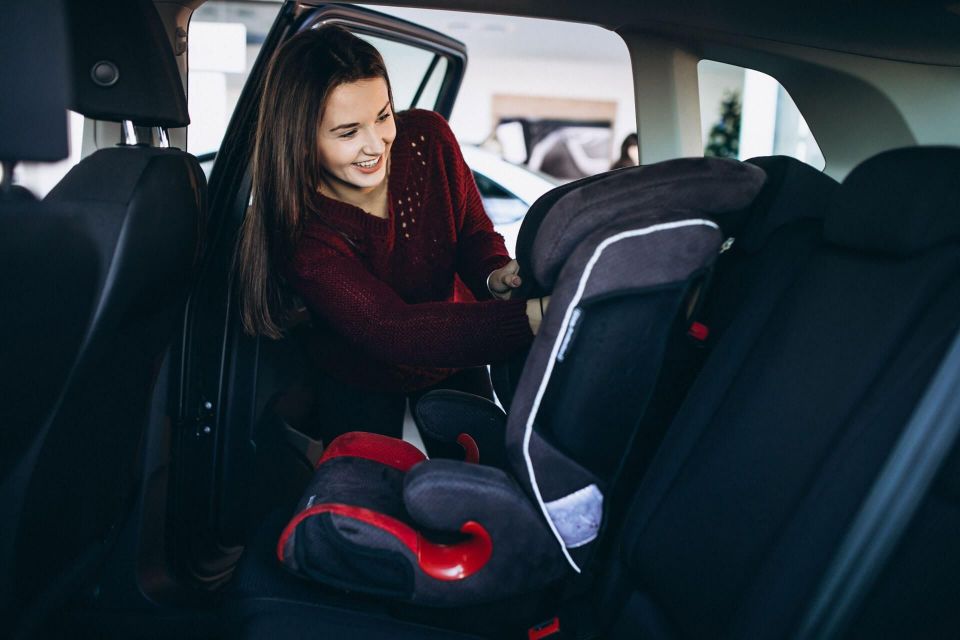
In the UK, research by Mothercare – the country’s leading source of child care products and clothing – found more than 90 per cent of ISOFIX seats were installed correctly, while the same figure for ‘conventional’ car seats was less than 70 per cent.
As always, there’s a downside. Because the ISOFIX mounts are only on the outside positions in the back seats, because the base is not compatible if there is a transmission ‘hump’, they cannot be placed three-across.
Many seven-seat SUVs also don’t have ISOFIX mounts in the third-row seats.
Babies grow fast and child seats need to grow and change for them.
The drive home from hospital, or the first family outing, will usually be done with a baby capsule and from there it means different sizes and shapes until only a booster seat is needed.
At the start, a clip-in capsule can be a good idea, since it can be removed easily – and some are even compatible with prams. A number of ISOFIX systems use a fixed base with a fold-down ‘leg’ for support and balance. But capsules are also fitted with a top-tether belt.
As the child grows, there are ‘convertible’ seats with inserts to ‘hug’ the baby at first but can then be removed. Always there are racing-style belts with straps for the crutch, waist and shoulders.
All the major brands – and they include Britax, Safe-n-Sound and Maxi Cosi – have seats for the full journey. As always, the best advice is to shop around for the best price but never compromise on safety.
A good source of information is Choice.
The best thing about ISOFIX is the ’set and forget’ latching system.
Once anchorages are connected, often with a green tab on the attachment, and the top tether is tight then you don’t have to worry.
Where ‘conventional’ seats can work loose as they pull and push against the adult seatbelt, an ISOFIX is always tight. Moving from car to car is also easier. And quicker. And more confident.
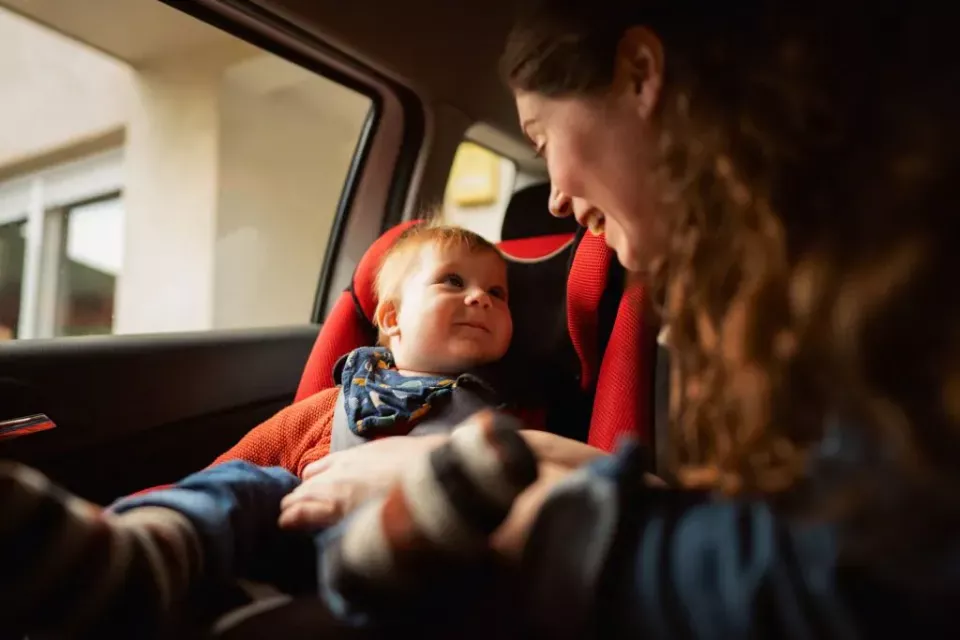
The seat can be quickly unlatched, then just as quickly latched into a new location.
There’s no claimed improvement to safety over a properly adjusted ‘conventional’ seat, but it’s easier and quicker to get it properly fitted and adjusted.
When you drive as many as five different cars a week, and often have to take your youngster with you, ISOFIX is a game-changer.
I know because my son rode in ISOFIX from the very start, firstly in an ISOFIX capsule system, through a convertible seat, then finally a booster which worked until he was old enough and tall enough for an adult seatbelt.
Through that time, the seats changed size and shape and focus, but there was always the confidence of an ISOFIX connection.
They were different brands and slightly different in styling, sometimes with a bonus like a built-in cupholder, but my personal favourite was from the Maxi Cosi brand. I first identified it in the UK while doing story research on ISOFIX and its approval for use in Australia.
The clip-in and clip-out nature of ISOFIX made switching cars simple and easy. Usually the longest part of the job was fiddling with the top tether strap.
Sometimes there was more than one seat in the rotation, or as many as three cars, but always the process was the same.
It was good, also, to see other families considering the ISOFIX advantage – while also hearing horror stories about incorrect installation of ‘conventional’ child seats, worst of all when the parents looped the adult seat belt around the front of their youngster instead of using it to hold the seat in place.
Paul Gover is one of the most experienced and respected motoring journalists in Australia. After more than 40 years on the automotive beat there is nothing he has not done, yet he still brings the enthusiasm of a rookie. He has worked in print, digital, radio, television and for every major publisher in the country. He is also a national motor racing champion and once co-drove with Peter Brock at Bathurst.


Derek Fung
3 Hours Ago
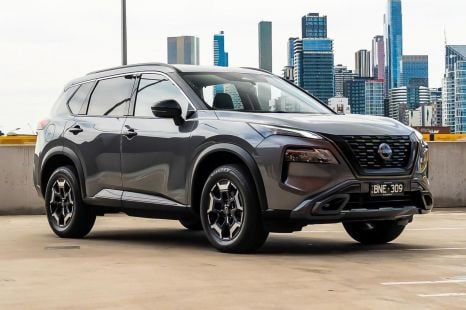

William Stopford
9 Hours Ago
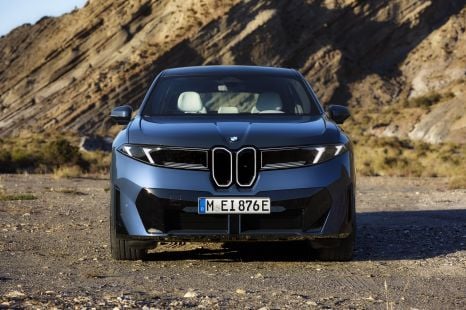

William Stopford
1 Day Ago


William Stopford
1 Day Ago
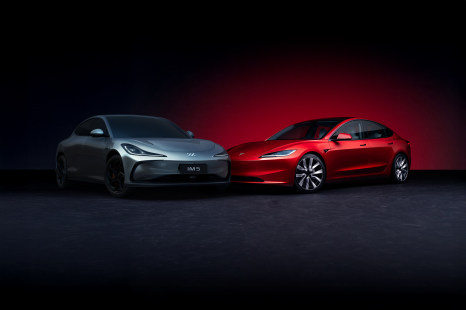

Andrew Maclean
1 Day Ago


Derek Fung
1 Day Ago